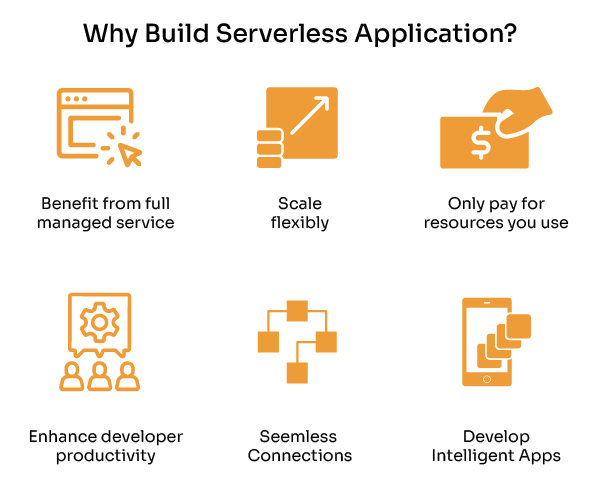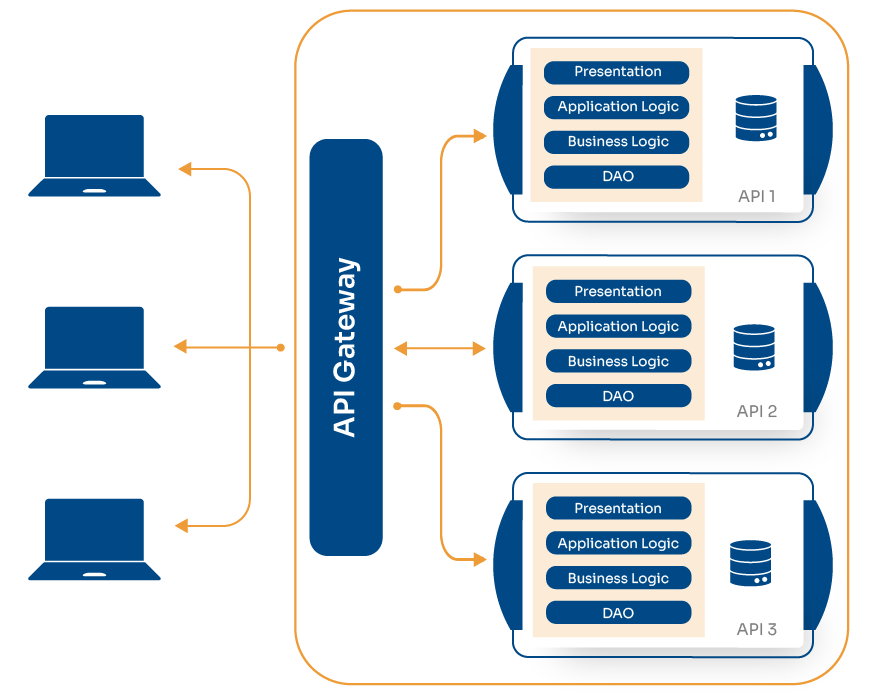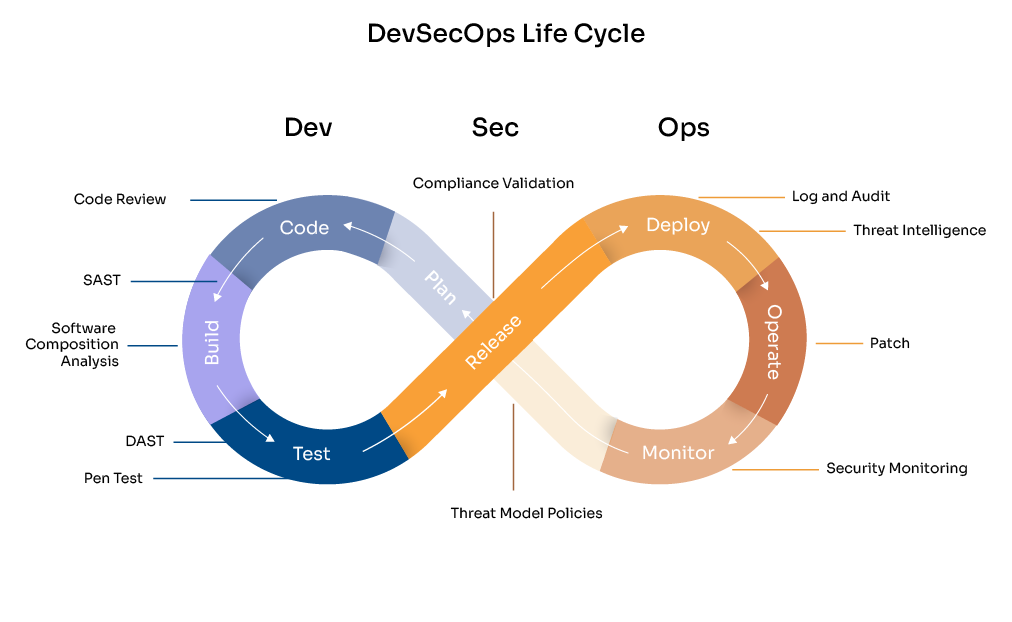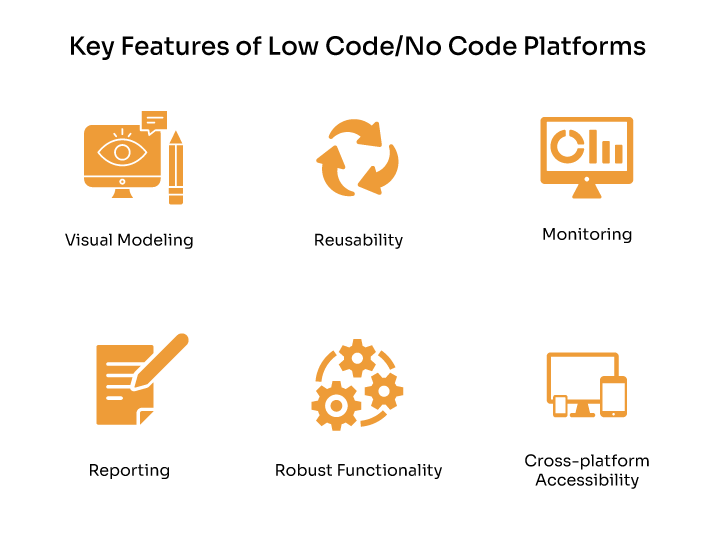Overview
DevOps combines Dev (Development) and Ops (operations), which unites technology, people, and processes in application planning, development, deployment, and operations.
Teams embrace DevOps culture, methods, and technologies to boost their trust in the applications they develop, improve how well they meet client expectations, and move more quickly toward business objectives. DevOps enables teams to continuously give consumers value by creating better, more dependable products.
According to Verified market research’s market survey, the DevOps market’s value was $3.62 billion in 2018, and it is expected to grow to $20.1 billion by 2026. This fast-paced growth will continue, and we will witness some exciting DevOps trends 2023 in the coming years.
Read the blog to learn more about why DevOps trends and why it matters.
DevOps: why it matters
To deliver a successful product, any business should focus on three aspects: Technology, culture, and business. Here’s how DevOps becomes a savior in all the three:
Technical benefits of adopting DevOps
- Continual software delivery is one thing that DevOps promises, which helps software go to market faster.
- Businesses can easily and efficiently manage their software, thereby ensuring 100% confidence during delivery.
- Security issues, software breakdown, and slower development challenges can be taken care of with DevOps.
Cultural benefits
- All the stakeholders need to be involved for DevOps operations to work. This means, cross-functional teams can work together, making the product delivery faster and efficient. Imagine the number of hassles that are prevented when teams work together instead of following a rigorous chain of command.
- DevOps approach ensures shorter development cycles and more frequent releases, which reduces the frequency of errors.
Business benefits
- When features are delivered more quickly, businesses can witness an increase in revenue.
- A more stable operating environment leads to a reduction in the number of expenses.
- The teams will have more time to innovate since they won’t have to spend time repairing something simple.
Along with providing all these benefits, DevOps is constantly evolving lately to improve business efficiencies. Here are a few trends of DevOps that will make it further easy for organizations to develop, integrate, test, monitor, deploy, and operate.
The 8 most significant trends in DevOps
1. Serverless computing
Because server infrastructure costs so much to buy and run, DevOps teams will see a rise in the use of serverless architecture. Why? That’s because DevOps teams use modular parts that provide an overview of the pipeline.
By moving these modular parts to a serverless architecture, IT teams can eliminate a few tasks caused by the pipeline architecture and instead focus on deploying and improving the product.
In a nutshell, serverless computing accelerates DevOps processes, from development through deployment, testing, and maintenance. It decreases developer’s effort by handling server maintenance like cloud monitoring and system upgrades.
An estimation from a recent survey predicted that, more than 20% organizations across the globe are all set to go serverless this year and kubernetes shall be the foundation for serverless computing.


2. Microservices architecture
Microservices architecture is replacing traditional monolithic architectures for its capability to divide the entire system into small clusters. Even if there’s a failure of any cluster in the microservices, it becomes easy for the developers to find and repair it. The best part is this failure won’t disturb any other cluster in the system. DevOps and microservices architecture make it possible for decentralized teams to:
- Come up with new ideas quickly.
- Keep control of their tech stack as well as standards.
- Track performance indicators, monitor the development and release cycles.
- Improve the speed of software releases.
If we go by the allied market research report, the microservices architecture market, which was valued at $2000 million in 2018 is all set to peak to $8070 by 2026.
3. AI/ML at Scale
AI and machine learning have already changed how businesses work. They are expected to make every step of the SDLC even more accessible and faster by 2023. So, devOps teams can improve their performance through smart automation, better feedback, and better alert control.
AI may also allow the proactive analysis of the DevOps pipeline to find issues and suggest potential fixes. Integrating AI and ML into your business process makes data mining, deep learning, statistics, and modeling possible.


4. DevOps + Security = DevSecOps
DevSecOps allows developers to track, monitor, and fix security flaws across the different phases of software development effectively, all while increasing delivery velocity and improving overall product quality.
In 2022, there was a dramatic surge in DevSecOps, because cybersecurity is a top concern for all businesses, and DevSecOps rebuilds DevOps with solid security.
Attacks like malware and security breaches are already causing unwanted issues across various networks. In a recent email security report, 35% organizations experienced business-disrupting cyberattacks all because of their poor degree of cyber resilience.
So, adopting DevSecOps is the need of the hour for businesses to create an agile security network that can deal with security issues and stay at a safe distance from future attacks.
5. Low-code or no-code applications
Many companies use low-code/no-code development to roll out apps quickly to keep up with the demand for new apps and features.
With DevOps, using a low-code approach is a game-changer because it gives developers more flexibility to add or remove features without writing many lines of code and gives the company a competitive edge in the fast-paced, high-demand software market.
DevOps engineers will enjoy this trend in the future because these low-code application development tools help with all parts of software development, such as coming up with ideas for apps, analyzing them, designing software, writing code, making sure it works well, deploying it, and documenting it.

6. Chaos Engineering
Chaos engineering is a process of experimenting with a live application/software system to check if it can resist unpredictable or chaotic conditions.
So far, teams that adopted chaos engineering have seen increased availability and reduced mean time to resolution (MTTR) as the primary benefits. In fact, according to a Gremlin report, chaos experiments had 99% availability and MTTR of less than 1 hour.
It is only wise for organizations to adopt a DevOps strategy that focusses on factors ensuring system resilience. And, when chaos engineering is combined with DevOps, not only turbulences can be detected effectively but also can be fixed in a phased manner.
7. Kubernetes
Kubernetes is one type of microservices software that initiates container orchestration, which automates the deployment, scaling, and management of containers. It is already an emerging trend, but experts believe it is only going to delve further into the software development arena in the future.
Using Kubernetes with DevOps lessens the workload by automating the operational tasks by including built-in commands for rolling out modifications in the applications, monitoring applications, scaling applications up and down for the necessary changes, and deploying the applications.
8. PaaS – Platform as a Service
Platform as a Service, or PaaS, is a rapidly expanding industry with several DevOps technology applications. Organizations are now less concerned with building the entire app infrastructure and are only interested in the platform where their applications can be hosted.
Numerous DevOps applications provide PaaS solutions for continuous security, configuration management, and containerization. Technology is expected to improve in the future, and developers will only need to include two “entry points” or “markers” in their programs to host or deploy them on their own.
A few examples of PaaS solution are:
- AWS Elastic Beanstalk
- Windows Azure
- Heroku
- Force.com
- Google App Engine
- Apache Stratos
Related Article : DevOps Tools
Conclusion
DevOps continues to change and adapt to drive big changes in IT that directly help businesses reach their goals. It will help them make it easier to design, render, launch, and keep up-to-date with the high-quality software solutions. Organizations adopting the above trends shall drive noticeable IT transformations that strengthen their objectives and goals.
Follow us to get up to date with the trends, technologies, tools, and many more.



